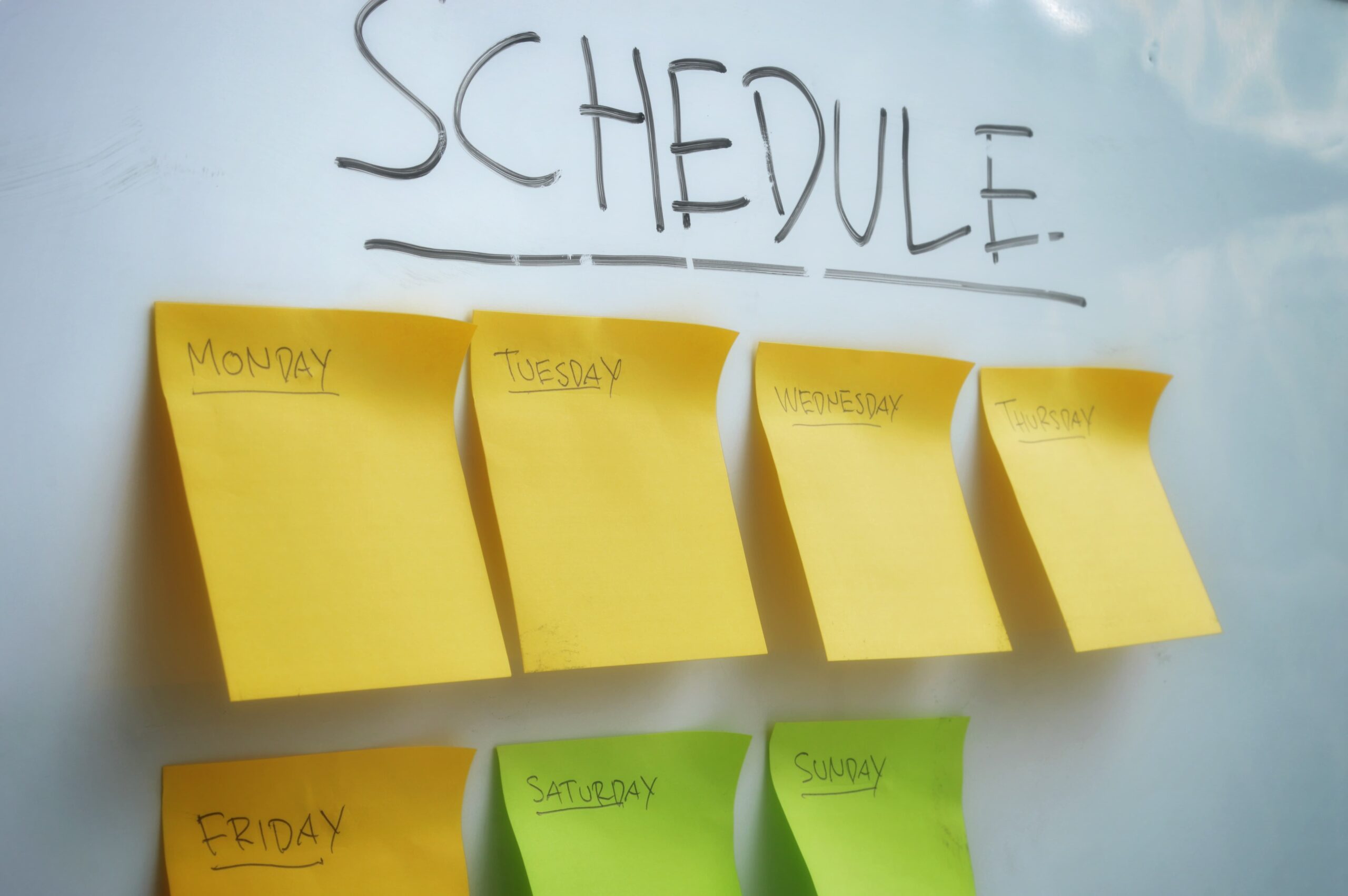Is There an Ideal Posting Time?
- Maria Ramos
- Marketing
TL;DR: There’s no universal ideal posting time. Use your audience’s data to find windows, then A/B test cadence and automate. Below: where to look in analytics, how to test, and how to scale scheduling.
The internet loves “best times to post,” but your ideal posting time is audience-specific. Use platform analytics and quick tests to find—and keep—your windows.
The Myth vs. Your Data
Global averages bury your audience’s reality. B2B and Gen Z do not scroll at the same hours. Trust your data over generic charts. For research context, see Pew Research Center and platform business help (e.g., Meta).
Where to Find Your Windows
- Audience online times: “when your followers are active” charts.
- Post-level cohorts: export last 90 days; pivot by hour/day to see engagement lift.
- Lag curves: measure 60-minute/24-hour pickup to spot early velocity windows.
Run a Simple Test
To validate your ideal posting time, run a 3-week test:
- Select 3 promising time slots on 2 days (6 total windows).
- Publish similar-format content into each window twice.
- Compare normalized metrics: reach per follower, watch time, saves/comments.
Scale With Scheduling & QA
- Automate: queue posts into top two windows; leave 10–15% of slots for experiments.
- QA checklist: caption length, CTAs, tags, and thumbnail/frame selection.
- Review monthly: update windows by seasonality and new cohorts.
How SPXM Can Help
We’ll audit your analytics, test windows, and build an automation flow. See Services or Contact. For platform documentation, visit GA Help.
Make Timing a System
Stop guessing your ideal posting time. We’ll build a durable schedule—and keep testing—so you grow with data.
You Should Get To Know Us
Subscribe For Cool Spam.
"*" indicates required fields


